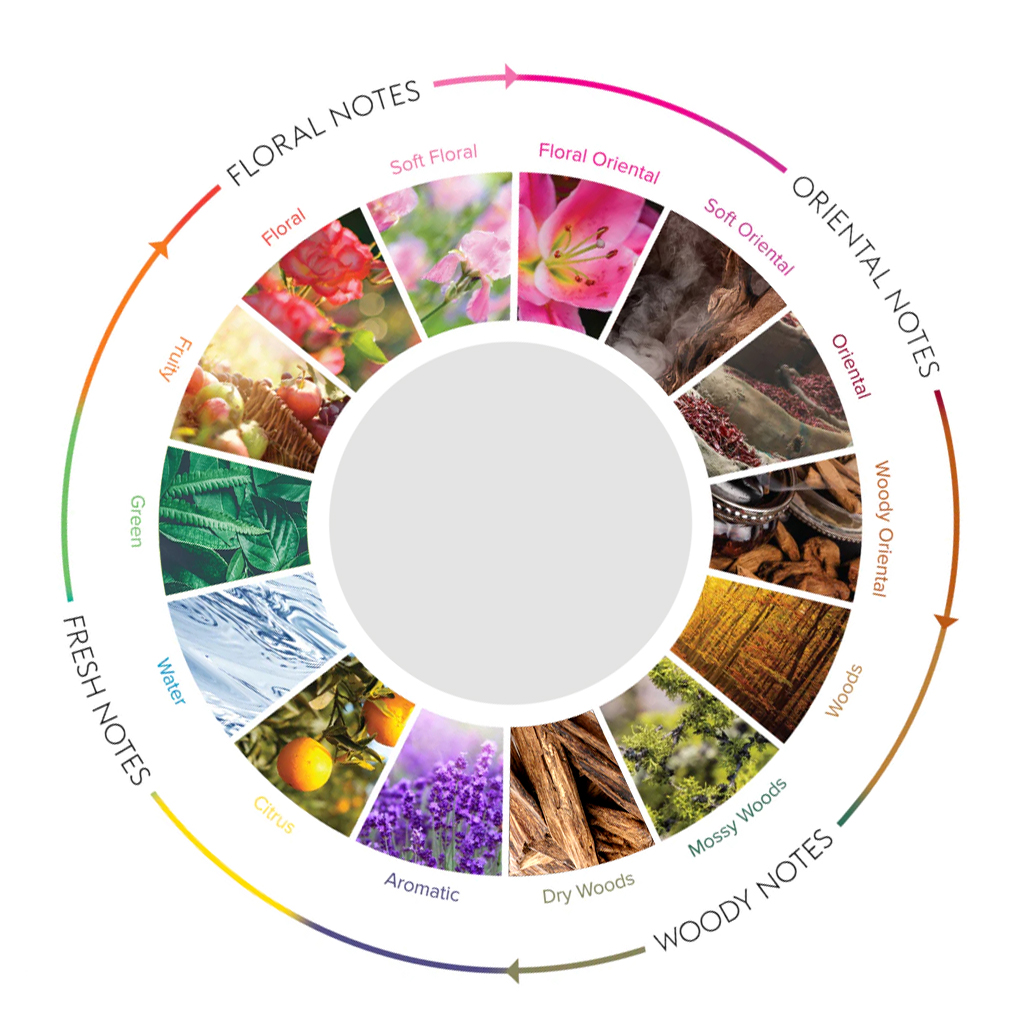
Fragrance Giant Wheel
The fragrance wheel displays the relationships among different olfactory groups The wheel serves as a tool used widely in the fragrance industry, both by perfume enthusiasts and by professionals in the field of perfumery. Even a beginner will be able to identify different fragrance notes and will understand how they relate to one another.
The fragrance wheel is divided into sections representing different scent families and subfamilies. These categories are typically divided into four main groups: floral, oriental, woody, and fresh. Within each group, there are further subdivisions that represent more specific scent families, such as fruity, citrus, spicy, and green.
This tool helps individuals to navigate and explore different scent profiles, helping them understand their preferences. For example, if someone enjoys floral scents, they can explore the subcategories within the floral family, such as rose, jasmine, or lily. The scents in each group are positioned in close proximity to one another, each representing a distinct scent profile.
The Aromatic family
Aroma means a unique smell, mostly created from the extraction of plant materials, aromatic herbs or spices and food. In perfumery, components of fragrances are of various extracts. The aroma is distinctive, pervasive and usually pleasant in smell. This family includes mentholated, lemon, anise, lavender notes. The aromatics that compose it are thyme, tea, tarragon, star anise, chamomile, mugwort, basil, sage, lavender, rosemary, peppermint...
CHYPRE FRAGRANCE FAMILY
Chypre is one of the many olfactory families used to classify fragrances. It is based on citrus notes, mosses, patchouli and labdanum. Chypre fragrances are warm and dry and almost all built round a woody, mossy accord of bergamot, oakmoss, patchouli and labdanum (from the cistus, or 'rock rose', plant). Elements of flowers, fruits or woodiness are sometimes played up in chypre fragrances – this family is purely a mixture of floral and fruity smell.
The Citrus Family
The citrus fragrances mimic the scent of either the juice, zest or blossom of fruit such as lemon, bergamot, orange, mandarin and grapefruit. Citrus fragrances are usually fresh and light combined with floral, tart or aromatic notes for fuller accords. Finally, citrus notes are used through all the seasons. For instance, the best winter fragrances as well as summer colognes will feature overt citrus notes.
Common Citrus Family Notes are Bergamot, Lemon, Mandarine, Grapefruit, Orange, Lime
The Floral Family
The floral fragrance family is by far the largest and most popular aromatic fragrance family. Florals are used as the heart notes of the fragrance and are blended with notes of citrus, fruit, wood and musk to create a diverse olfactive signature.
Until recently, Floral scent has been almost exclusively reserved for women. They can consist of either a single flower or an elaborate bouquet of several. However, advances in synthesising compounds have allowed for more complex compounds. This is likely how the family became more common among men’s fragrances. Nevertheless, they are common heart notes for many men’s fragrances.
Common Floral Family Notes
Jasmine, Rose, Geranium, Patchouli, Iris
Characterised by:- Citrus notes derived from fruit zest and Flower blossom
The Fruity Family
Fruity fragrances have a very sweet side that many women love. Fruity fragrances are very contemporary and are becoming increasingly popular. One of the main reasons is that the fruity notes blend terrifically well with other fragrance families. They add a dynamic zest to soft florals, while a touch of velvety sweetness can energise a scent. Sometimes back it was unthinkable to compose a fragrance with fruits! Fruity notes add an original, modern and fresh touch to any perfume. Some fruits are commonly used to compose summer perfumes such as melon, peach, orange, pineapple or watermelon.
Woody fragrances
Woody fragrances are characterized by aromatic or citrus head notes. In the heart you would typically find crisp, dry woody notes while dominant resin or wood are found in the base notes. Wood ingredients add richness, warmth, elegance and a depth to a fragrance and are key in perfume making.
Fragrances that are dominated by woody scents typically contain Sandalwood, Pine, Patchouli, Vetiver and Cedarwood. Sandalwood is creamy and sensual, while patchouli is a popular ingredient in the world of perfumery. It’s velvety and rich character is exactly why this woody fragrance has been popular for centuries., Vetiver is smoky and rich, Cedarwood is dry and linear and Oudh is complex and heavy.
Fougere perfume
Traditionally, a fougere perfume combines Lavender, Oakmoss and Coumarin. Lavender provides a wonderful sweetness whilst Oakmoss gives the fragrance a woody quality, the blend of Coumarin adds freshness to the scent, giving out a mild smell of harvested hay.
The modern fougere fragrances often include notes of Bergamot, Galbanum and Vetiver.Generally, fougere scents are very clean and natural smelling and are characterised by a dry, grassy, hay-like dry down. Fougere perfumes are both woody and fresh and versatile and can be worn on a wide variety of occasions.
The Oriental Family
The rich exotic essences of oriental fragrances comprise of exotic herbs and spices such as vanilla and cistus as well as aldehydes. Resins, woods and amber create markedly warm and sensual aromas that can be powdery or dry.
The musk of an oriental fragrance is often strong and heady, which can be otherwise softened with more amber notes. Oriental fragrances can simultaneously feature gourmand properties. Fragrant notes such as vanilla, coffee, cinnamon, anise and even chocolate can give an oriental perfume a twist to give it a tantalizing finish. Thanks to their overt powdery and spicy notes,
Oriental fragrances are often associated with the colder months. Therefore, it’s no surprise that they’re among the best men’s winter fragrances.




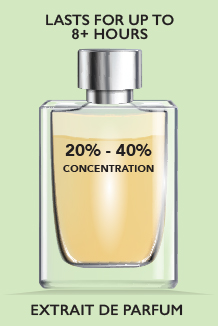
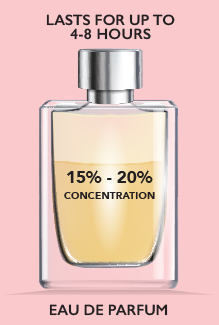







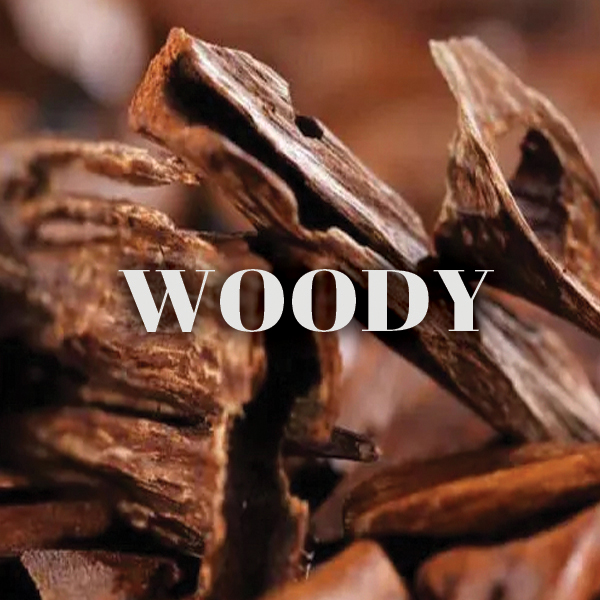
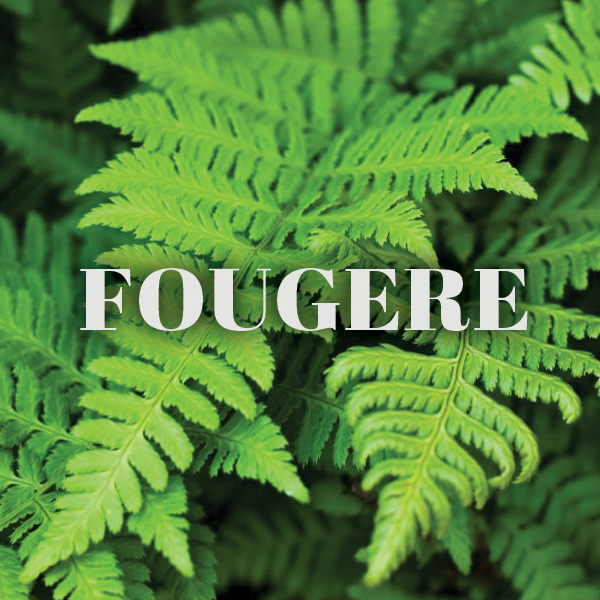

Validate your login